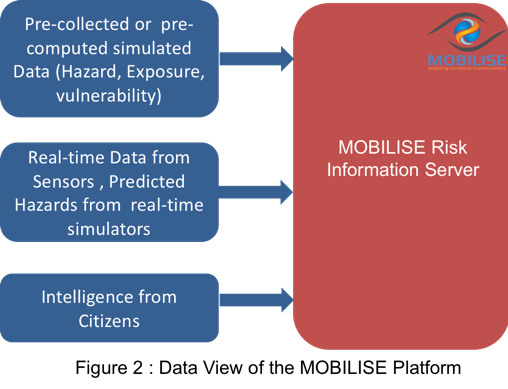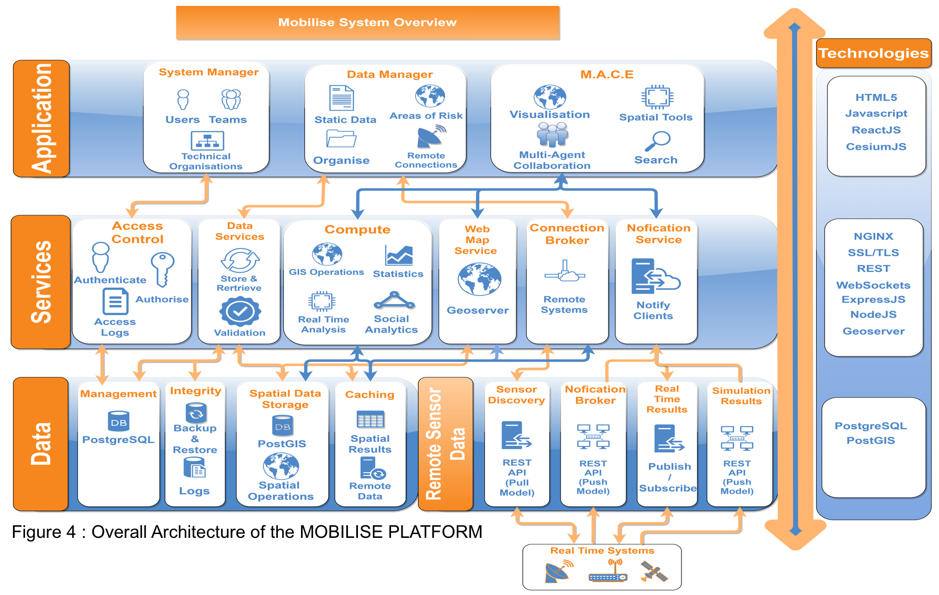The Sendai Framework for Disaster Risk Reduction (SFDRR) 2015-2030 outlines four priorities for action to prevent new and reduce existing disaster risks: (i) Understanding disaster risk; (ii) Strengthening disaster risk governance to manage disaster risk; (iii) Investing in disaster reduction for resilience and; (iv) Enhancing disaster preparedness for effective response, and to "Build Back Better" in recovery, rehabilitation and reconstruction. It asks for a clear vision, plans, competence, guidance and coordination within and across sectors, as well as participation of relevant stakeholders. It recommends strengthening disaster risk governance for prevention, mitigation, preparedness, response, rehabilitation and recovery as necessary and encourage fostering collaboration and partnership across mechanisms and institutions for the implementation of instruments relevant to disaster risk reduction and sustainable development.
Furthermore it is evident that disaster risks do not only exist because of the presence of a physical hazard; they are compounded by the presence of vulnerability Therefore, there is an urgent need to shift our focus from pure emergency response and recovery towards a sustainable disaster mitigation framework that focuses on building resilience within a disaster prone area, involving government agencies and the local community, to reduce the impact of a hazard. Within this context, the focus of disaster management needs to change from hazard to vulnerability reduction; from reactive to proactive; from single agency to partnerships; from response management to risk management. However, these changes require new partnership models, an emphasis on the early stages of the disaster management cycle (preparedness, response at early critical stages) and novel technological solutions that can promote collaborative risk assessment involving a range of stakeholders. These changes can be supported by a digital platform that can map vulnerabilities (social, infrastructure, economic, natural) for a single or multiple hazards as well as their cascading effects on networked critical infrastructure, the community and the economy. Such a platform will allow multi-agencies to establish a common understanding of vulnerabilities, to explore "what-if" scenarios, to identify the impact of various hazards on infrastructure, the community and the economy in different local contexts, and to improve resilience capacities through various mitigation measures. Furthermore, the same digital platform should be capable of providing the intelligence to agencies for issuing early warnings to the communities and responding to disasters efficiently.



